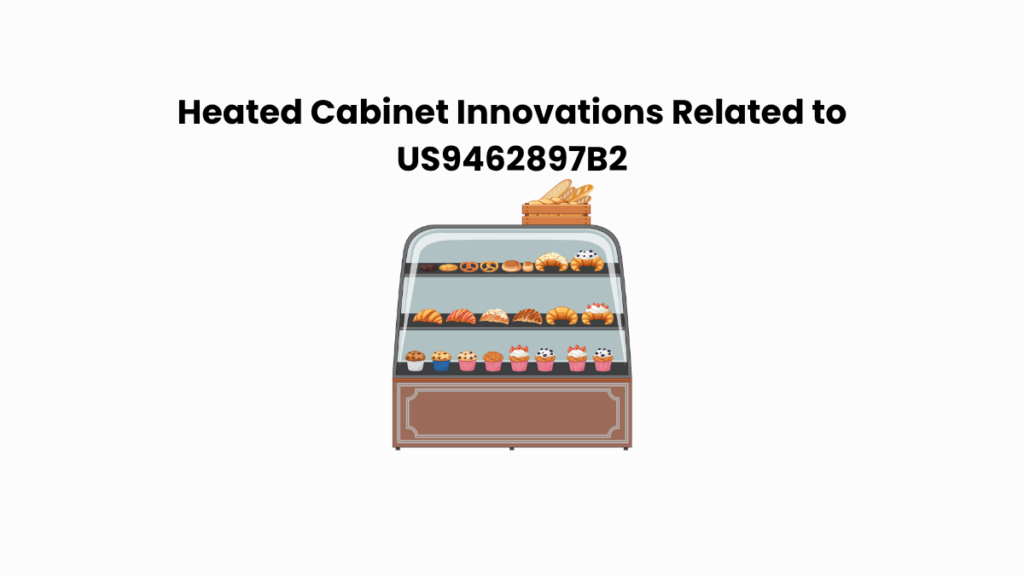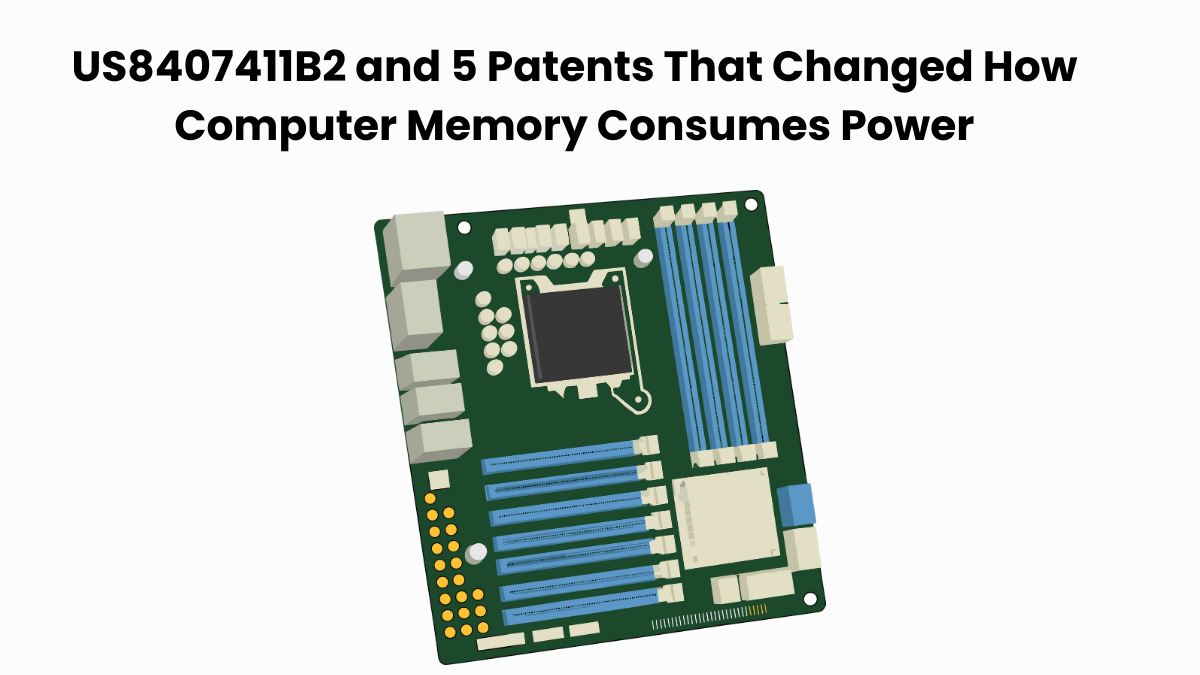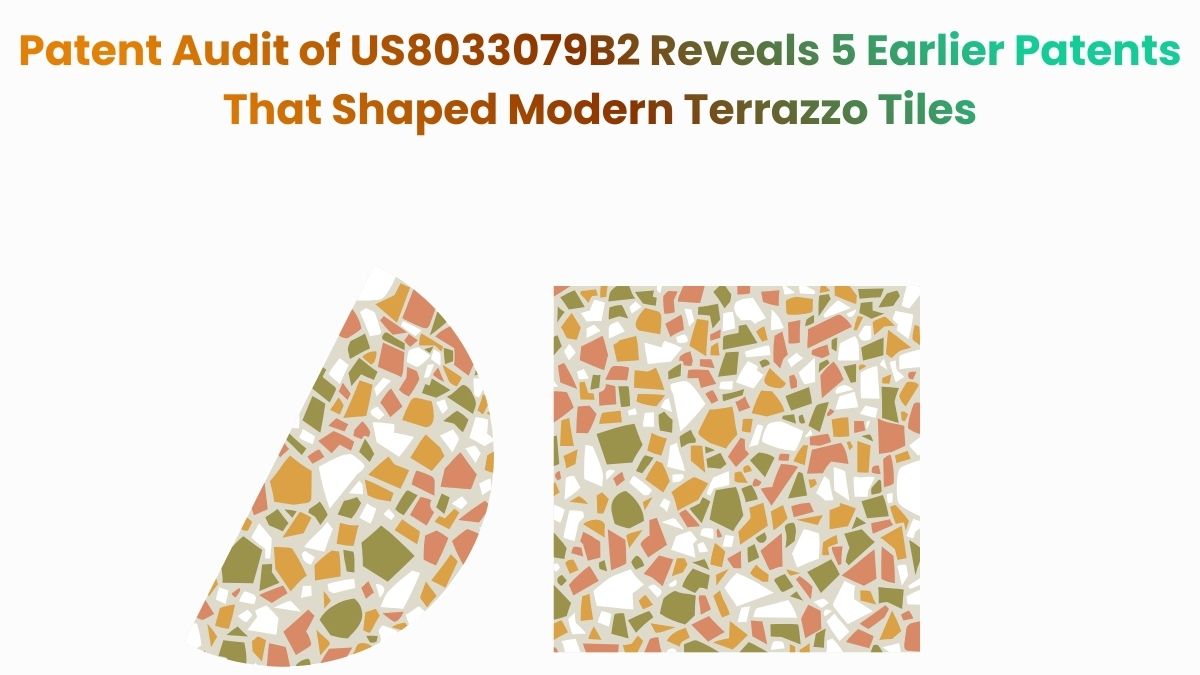Design innovation often hides in plain sight, especially in industries where function and form must work seamlessly together. US9462897B2, now part of the case Flexeserve, Inc. et al v. Welbilt, Inc., fits squarely into the spotlight category.
This patent outlines a heated food cabinet with an open front, built from insulated composite panels and a built-in rear temperature unit. Its structural layout supports efficient heat retention while allowing accessible front-facing service, a configuration seen in service designs in the food industry today.
In this article, we use the Global Patent Search (GPS) tool to uncover a web of patents showing similar construction or heating system patterns. Rather than focusing on legal outcomes, we’re interested in technical overlaps that point to shared methods, layouts, or material innovations.
If you’re an engineer, product developer, or tech researcher exploring heated cabinet systems, this GPS-driven dive offers insights worth your time.
Understanding Patent US9462897B2
US9462897B2 relates to a temperature-controlled, open-fronted food storage cabinet designed for displaying and vending food items. The cabinet features a structural chassis made from insulated composite panels and includes a rear-mounted heating or cooling mechanism. It enables easy front access while maintaining thermal control within its interior space.
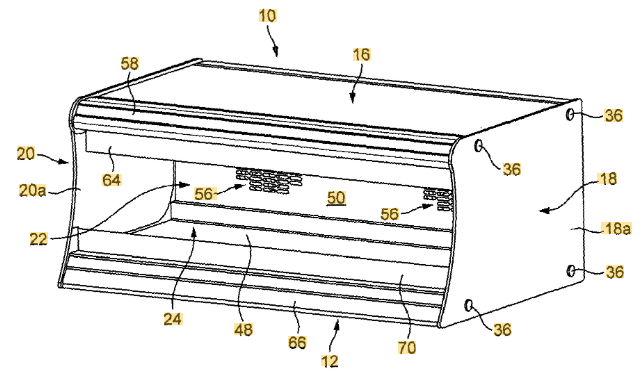
Source: Google Patents
Its four key features are
#1. Insulated structural panels: The cabinet uses sandwich composite panels made of expanded polymer cores and metal outer layers for insulation and support.
#2. Modular temperature mechanism: A rear-mounted cassette (heating or cooling) can be easily removed or replaced without altering the chassis.
#3. Multi-zone temperature control: Some embodiments include intermediate panels that divide the cabinet into independently controlled thermal zones.
#4. Open front access: The cabinet is open at the front, allowing users to retrieve food directly while air circulation systems maintain internal temperature.
This design is notable for combining modular thermal control with structural efficiency, offering flexible solutions for temperature-managed food service environments.
Fun Fact: Device optimization is universal. Just as US9462897B2 addresses thermal isolation in modular cabinets, US7057960B1 refines refresh cycles to isolate active memory sections for power savings.
Similar Patents As US9462897B2
To explore the innovation landscape surrounding US9462897B2, we ran the patent through the Global Patent Search tool. Below is a quick glimpse of the GPS tool in action:
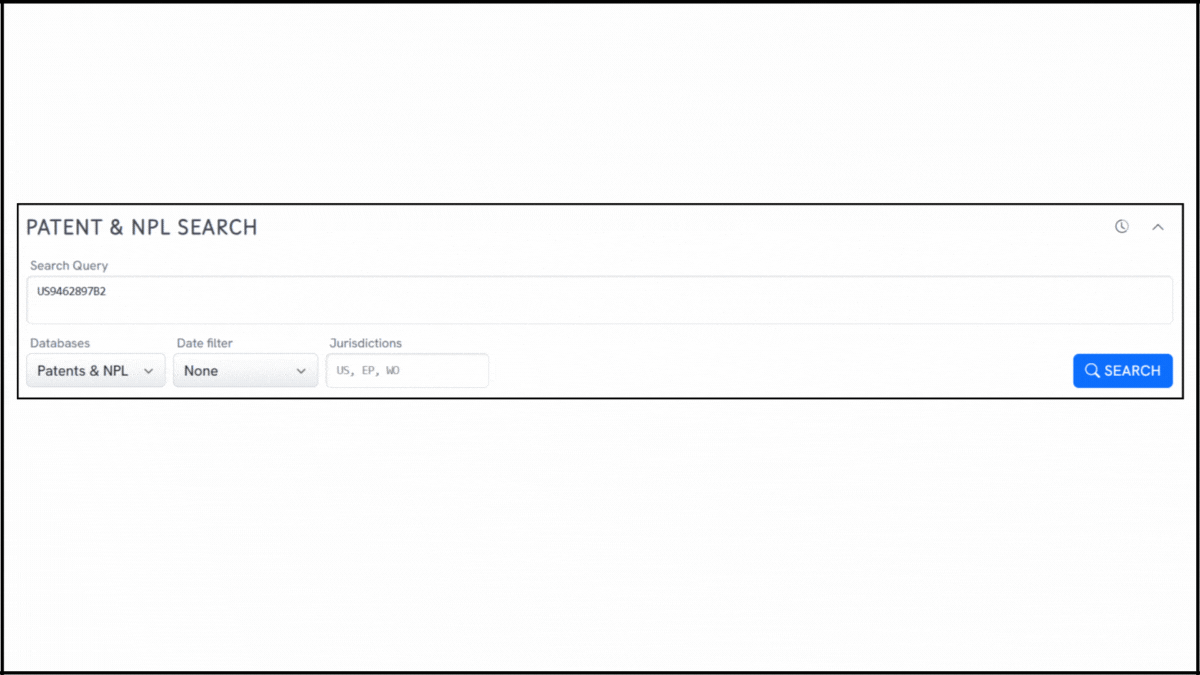
Source: Global Patent Search
This analysis surfaced a list of related patents that share technical similarities in structure, thermal management, and modular control. Below, we highlight five of these references that reflect comparable ideas in heated cabinet construction and functionality. These examples offer insight into how similar challenges have been addressed across different systems.
#1. US6658994B1
This US patent, US6658994B1, published in 2003, introduces a modular approach to temperature-controlled food holding cabinets. It focuses on shelving systems with integrated heating and display components, designed to maintain food quality while communicating key product details to the user.

Source: GPS
What this patent introduces to the landscape?
- Modular shelving with integrated heat control: Shelving units include heater assemblies to keep stored food at precise temperatures.
- Information-display bezel: Features bezel assemblies for presenting product-specific data alongside heating mechanisms.
- Targeted cabinet control system: Tailored to manage both temperature and product display in holding cabinets.
- Focus on food safety and service readiness: Prioritizes maintaining safe, consistent temperatures in commercial food environments.
How it connects to US9462897B2?
US9462897B2 also emphasizes thermal regulation within food display cabinets. While it centers on structural insulation and modular chassis, US6658994B1 complements the concept by detailing modular heating and informational interfaces, elements that align with broader themes of temperature control and service optimization.
Why this matters?
This earlier work reinforces how modular heating and control systems contribute to the evolution of food cabinet technologies, paralleling the goals of US9462897B2 in thermal performance and user interaction.
Recommended Read: For another example of clever modular engineering and user-friendly access, check out our piece on US9867466B2 Foldable chair design. This patent also focuses on frame modularity, efficient structural design, and front‑access user interaction.
#2. JPH04369381A
This Japanese patent, JPH04369381A, published in 1992, introduces a dual-zone showcase cabinet design. It features independently managed hot and cold compartments with the flexibility to switch thermal modes based on operational needs.

Source: GPS
What this patent introduces to the landscape?
- Hot and cold compartment separation: The cabinet includes a distinct hot room and cold room within the same structural body.
- Integrated warm air generator: A warm air generator is installed specifically for the hot compartment to maintain elevated temperatures.
- Dedicated front door for hot room: The hot room includes its own front-access door to manage heat retention and usability.
- Cold-air damper system: A damper between compartments prevents unwanted cold air intrusion, maintaining thermal separation.
- Mode-switching capability: The cabinet is designed to switch from hot to cold operation depending on the use case.
How it connects to US9462897B2?
US9462897B2 also supports multi-temperature zones, allowing separate heating or cooling within a single cabinet. While US9462897B2 uses modular composite panels and cassette-based heating or cooling, JPH04369381A contributes a valuable model of thermal partitioning and mode-switching within shared cabinet architecture.
Why this matters?
This patent highlights earlier efforts to achieve flexible, dual-temperature control in food display units, an approach that aligns with the multizone configuration seen in US9462897B2, similar to how US8533326B2 addresses real-time device routing and scene-based control in smart environments.
#3. US20130037237A1
This US patent, US20130037237A1, published in 2013, focuses on food service bars with modular bays that can be individually heated or refrigerated. The design emphasizes immobile installations that allow flexible thermal management across multiple food compartments.

Source: GPS
What this patent introduces to the landscape?
- Thermally independent food wells: Each bay or well in the module can be individually controlled for either heating or refrigeration.
- Hot-and-cold flexibility in a single unit: Supports simultaneous hot and cold food service in one display, meeting diverse food storage requirements.
- Static, service-bar design: Geared toward fixed-location food stations, not mobile or freestanding units.
- Use-case driven configuration: Enables operators to tailor thermal settings bay-by-bay based on menu demands or service flow.
How it connects to US9462897B2?
Both patents target food display environments with multi-zone temperature control. US9462897B2 achieves this through structural composite insulation and internal partitioning, while US20130037237A1 focuses on static modules with independently managed thermal wells. Together, they address similar thermal challenges from different architectural angles.
Why this matters?
This reference shows how independent temperature zones enhance the versatility of food service units, a goal also central to US9462897B2’s cabinet design.
#4. US20160213168A1
This US patent, US20160213168A1, published in 2016, describes a temperature-controlled, open-fronted cabinet designed for food display and vending. It uses insulated composite panels and a modular heating or cooling cassette to regulate internal temperature while offering easy front access.
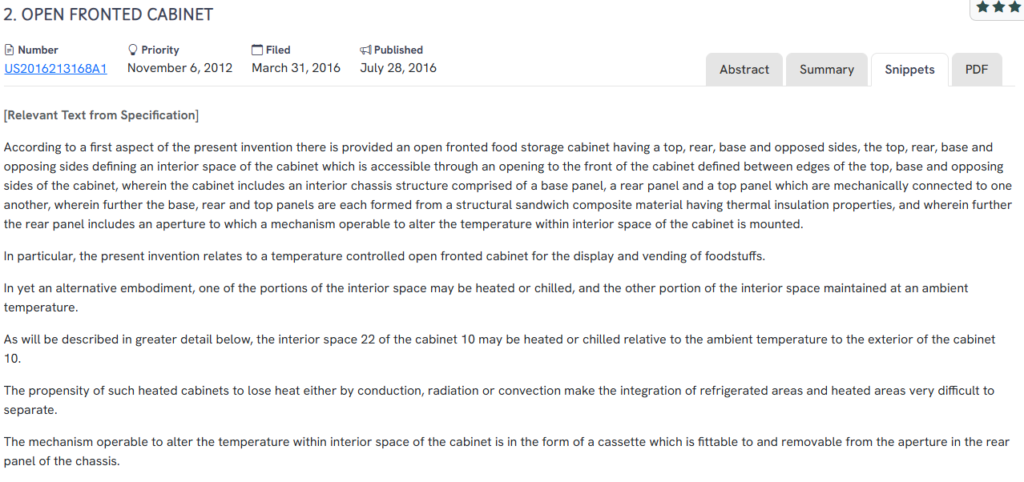
Source: GPS
What this patent introduces to the landscape?
- Insulated composite panel chassis: Base, rear, and top panels are made from structural sandwich materials with integrated thermal insulation.
- Cassette-based thermal mechanism: A heating or cooling module fits into the rear panel and can be removed or replaced as needed.
- Dual-zone temperature flexibility: The cabinet can include multiple interior portions, each with independent temperature control or ambient settings.
- Focus on heat loss reduction: Recognizes the challenge of separating hot and cold zones in open systems due to conduction and convection.
- Front-open access for food vending: The cabinet structure is optimized for direct consumer access while maintaining controlled internal conditions.
How it connects to US9462897B2?
This reference closely parallels US9462897B2 in both structure and functionality. Both patents describe open-fronted food cabinets with modular cassette units and composite insulated panels. The overlap in chassis design, thermal control strategy, and zone separation is significant.
Why this matters?
This patent reinforces the architectural and functional blueprint seen in US9462897B2, showing strong alignment in thermal management and cabinet modularity for food display use.
#5. AU2010201470A1
This Australian patent, AU2010201470A1, published in 2010, presents an open-faced merchandising unit designed to maintain stored items at controlled temperatures. The unit emphasizes individually heated shelving with per-shelf temperature control, offering precision thermal management across multiple display tiers.

Source: GPS
What this patent introduces to the landscape?
- Open-face merchandiser with thermal control: Designed to keep articles at a defined temperature range in an open-access layout.
- Independently heated shelves: Each shelf features its own heating element and dedicated temperature sensor.
- Shelf-by-shelf temperature configuration: Operators can manage each shelf individually or synchronize all shelves simultaneously.
- Multi-level flexibility: Typical configurations include between three and six shelves, all integrated with precision thermal control systems.
How it connects to US9462897B2?
While US9462897B2 uses a chassis with thermally insulated panels and rear-mounted thermal modules, AU2010201470A1 focuses on per-shelf thermal autonomy. Both patents tackle the challenge of managing different temperatures within an open-access food cabinet, emphasizing modular, flexible thermal control.
Why this matters?
This reference demonstrates how individualized temperature zones can be implemented at the shelf level, offering an alternative strategy to the multi-compartment thermal design seen in US9462897B2.
How to Find Related Patents Using Global Patent Search?

Identifying patents with similar design elements, thermal systems, or modular configurations doesn’t have to be a guessing game. The Global Patent Search tool simplifies this process with a data-driven approach:
1. Search by patent number or description – Enter a specific patent or use focused terms like “heated cabinet” or “modular food merchandiser” to uncover relevant matches.

2. Review contextual snippets – See actual disclosure excerpts that relate to your target patent’s features, eliminating the need to read through full documents.

3. Explore conceptual overlaps – GPS highlights how other inventions approach similar problems, thermal insulation, zoned heating, structural design, without relying on keyword-only matching.
4. Build a competitive landscape – Use results to compare multiple patents that align with your design or technical interest area.
5. Make faster, smarter research decisions – Whether you’re analyzing product design or technology evolution, GPS offers a clear starting point for finding overlapping ideas.
Whether you’re developing heated cabinets, enhancing merchandising units, or studying modular systems, GPS helps uncover what’s already out there, fast. Start your search with Global Patent Search today and take control of your innovation roadmap.
Disclaimer: The information provided in this article is for informational purposes only and should not be considered legal advice. The related patent references mentioned are preliminary results from the Global Patent Search tool and do not guarantee legal significance. For a comprehensive related patent analysis, we recommend conducting a detailed search using GPS or consulting a patent attorney.

